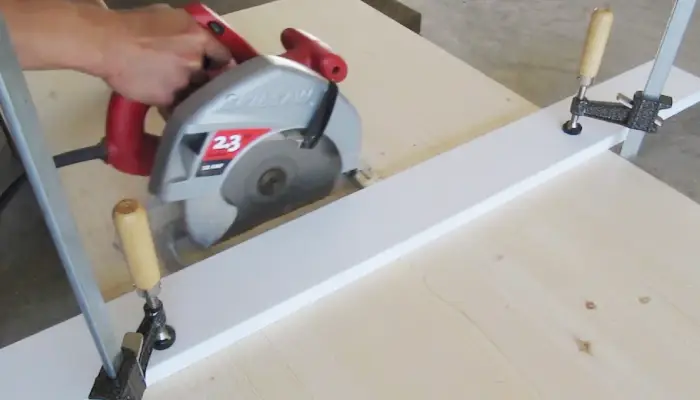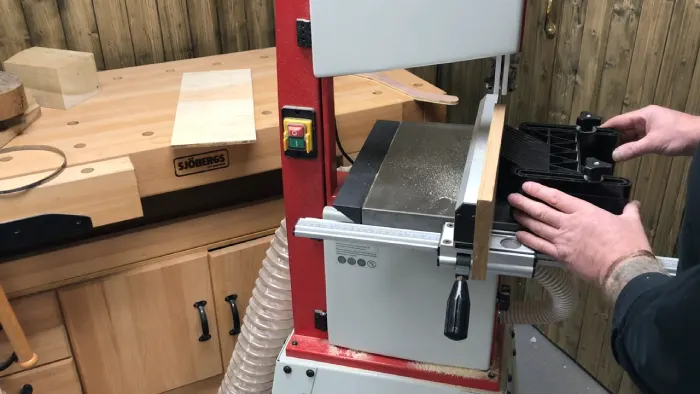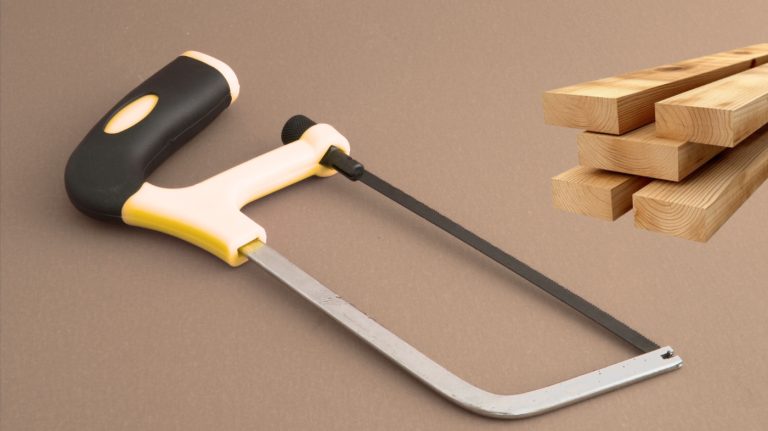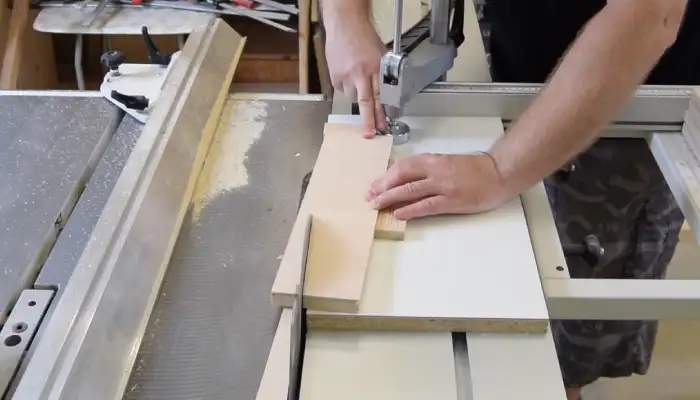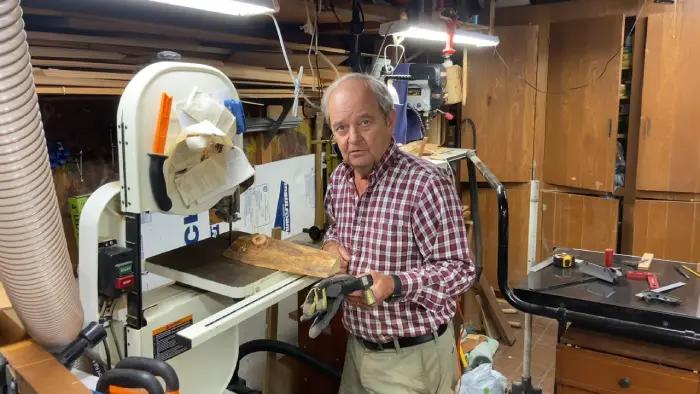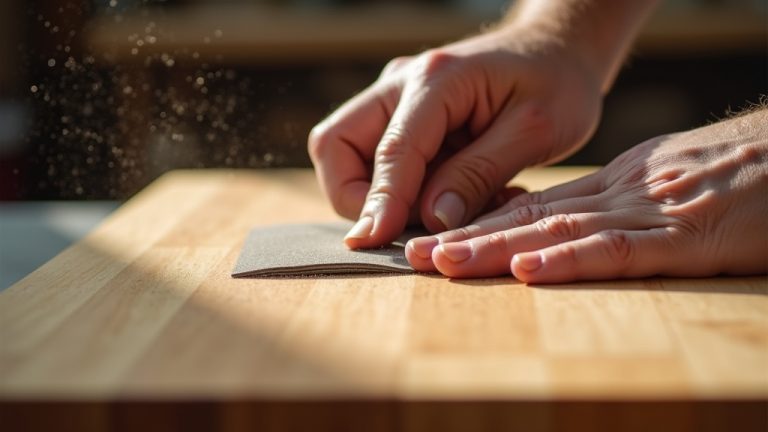Can You Cut Particle Board With A Circular Saw: Know the Real Facts
Cut particle boards with a circular saw is a question many DIY enthusiasts and professionals have probably asked themselves. After extensive research and analysis, I found that particle boards can be cut with a circular saw. However, you must consider certain things to get a clean and accurate cut.
You must use a carbide-tipped circular saw blade with at least 40 teeth for cutting particle boards. With this type of blade, you get smoother cuts because it’s made for particle board. Also, ensure the circular saw blade is sharp and in good condition. A dull blade can lead to rough cuts and may cause splintering.
Throughout this article, I’ll share my research and insights on this topic and provide consecutive steps on cutting particle boards effectively with a circular saw. Let’s get started.
How to Cut a Particle Board With A Circular Saw?
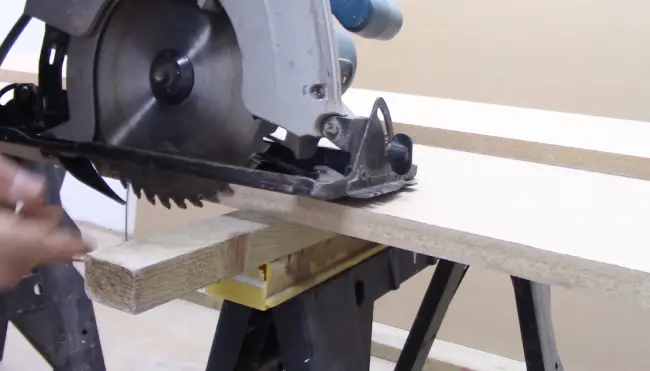
I’ve listed several key steps below for cutting particle boards with a circular saw.
- Choose the right blade
- Set up your circular saw
- Prepare your workspace
- Execute the cut
- Test and fine-tune
Gather Your Tools and Materials
Before diving into the cutting process, make sure you have the following tools and materials ready:
- Circular saw with a carbide-tipped blade (40 teeth or higher)
- Safety gear: safety glasses, ear protection, and a dust mask
- Stable work surface (workbench or sawhorses)
- Straight edge or guide/fence
- Dust collection system or vacuum
- Scrap piece of particle board for testing
Step 1: Choose the Right Blade
I recommend selecting a carbide-tipped blade with at least 40 teeth when sawing particle panels with a circular saw. A carbide-tipped blade is ideal because it can withstand the rigors of cutting particle boards.
The carbide tips on the blade are designed to stay sharp for longer, allowing for more efficient and precise cuts. Also, the increased number of teeth helps to distribute the cutting force evenly, resulting in less strain on the blade and reducing the risk of kickback.
Step 2: Set Up Your Circular Saw
Adjust the blade depth to match the thickness of the particle board. This will ensure that the blade cuts through the board without damaging it. Check the saw’s bevel angle and adjust it if necessary. The bevel angle determines the angle at which the saw cuts the particle board.
Step 3: Prepare Your Workspace
Now, create a stable and organized workspace. Place the particle board on a flat and stable surface, such as a workbench or sawhorse, ensuring that it’s securely held in place. A stable workspace is important for ensuring accurate and safe cuts.
Also, connect a dust collection system or vacuum to the circular saw to minimize the dust and debris generated during the cutting process. This will help to maintain a clean and safe working environment.
Step 4: Execute the Cut
Use a sharp blade suitable for cutting particle board with a circular saw to achieve a clean and precise cut. Make sure the blade is securely tightened and positioned at the appropriate depth.
Begin the cut by placing the saw on the edge of the particle board, ensuring that the blade is aligned with the intended cut line. Apply steady pressure and guide the saw along the cut line, maintaining a controlled speed throughout the process.
Avoid pushing too hard or going too fast, resulting in rough cuts or burn marks. A straight edge or guide/fence ensures a straight and accurate cut. Take your time and maintain a steady hand for optimal results.
Step 5: Test and Fine-Tune
After executing the first cut, test and fine-tune the circular saw settings (if needed) to ensure a clean and precise cut on the particle board. To do this, inspect the test cut carefully for any signs of tear-out or rough edges. If you notice any imperfections, make adjustments to the saw settings.
One common adjustment is the depth of the cut. If the cut is too shallow, increase the depth to ensure a clean cut. Additionally, you may need to adjust the speed of the saw or the blade type to achieve the desired results.
What to Consider When Cutting Particle Boards With A Circular Saw?
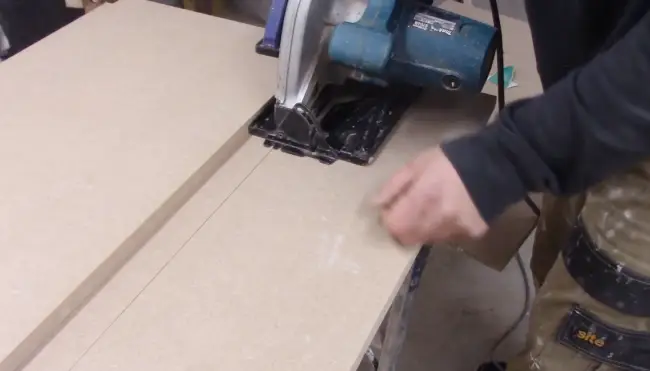
When cutting plywood with a circular saw, I advise you to consider several important factors, such as:
1. Blade Selection
I recommend using a carbide-tipped circular saw blade designed specifically for cutting wood-based materials when considering blade selection for cutting particle boards with a circular saw.
Carbide-tipped blades are known for their durability and ability to withstand the abrasive nature of particle boards. These blades feature sharp teeth that can cut through the composite material without quickly dulling.
Also, choosing a blade with a higher tooth count, such as 40 teeth or more, is advised for smoother cuts. A higher tooth count helps to minimize chip-out and splintering, resulting in cleaner edges.
2. Blade Sharpness
Continuing from the previous subtopic on blade selection, I recommend that the circular saw blade be sharp when cutting particle boards.
Blade sharpness is crucial for achieving clean and smooth cuts without any tear-out or splintering. A dull blade can result in rough cuts, requiring additional sanding or finishing work. When the blade is sharp, it can easily and efficiently cut through the particle board, reducing the risk of damage to the material.
3. Blade Height and Saw Settings
Adjust the blade height and saw settings when cutting particle boards with a circular saw to ensure a precise and efficient cut. Adjusting the bevel angle is also important, depending on the specific requirements of your project. For example, adjust the bevel angle accordingly if you need to make angled cuts.
Also, consider the cutting speed of the saw. Slower cutting speeds may be necessary for thicker particle boards to prevent burning or splintering. On the other hand, faster cutting speeds can be used for thinner boards.
4. Stable Surface
When cutting particle boards with a circular saw, you must ensure that you have a stable and flat surface to work on. Placing the particle board on a stable surface, such as a bench or sawhorse, provides a solid foundation for the material and contributes to a more accurate cut.
A stable surface helps prevent the particle board from shifting or vibrating during cutting, reducing the risk of errors or accidents. Check that the surface is level and free from any bumps or imperfections affecting the board’s stability.
5. Guide or Fence
A guide or fence is a reliable reference point, allowing straight and controlled cuts. When selecting a guide or fence, ensure it’s sturdy and firmly secured to the particle board. It should provide a smooth surface for the circular saw to glide along, reducing the risk of wobbling or deviation from the desired cutting line.
Also, consider using clamps to secure the guide or fence, further enhancing stability and accuracy.
6. Even Pressure
When cutting particle boards with a circular saw, maintain a steady and even pressure to ensure a smooth and precise cut. Applying uneven pressure can lead to binding, which can cause the saw to kick back or create jagged edges on the board.
What type of circular saw blade should I use to cut particle boards?
When cutting a particle board using a circular saw, choosing the right blade is important to ensure clean and precise cuts.
A. Carbide Tipped Blade
A carbide-tipped blade is recommended for slicing particle boards using a circular saw. The sharpness and durability of carbide-tipped blades make them ideal for cutting through hard materials like particle boards.
The carbide tips on these blades are made from a combination of tungsten carbide and cobalt, which provide excellent cutting performance and long-lasting durability. The hardness of the carbide tips allows them to maintain their sharpness for a longer period, reducing the need for frequent blade changes.
Also, the carbide tips are designed to withstand the high-speed rotation of the circular saw blade, ensuring a smooth and precise cut through the particle board.
B. High Carbon Steel Blade
I recommend using a high-carbon steel blade to cut particle board with a circular saw. These blades are suitable for this purpose due to their durability and cutting efficiency. They are made from a blend of iron and carbon, which gives them the strength and rigidity needed to cut through particle board effectively.
Unlike carbide-tipped blades, high-carbon steel blades may require more frequent sharpening to maintain their sharpness. However, they’re generally more affordable and readily available.
C. High Hardness Saw Blade
To continue the discussion from the previous subtopic, I find that a high-hardness saw blade is crucial when cutting particle boards. These blades are specifically designed to handle the rigidity of particle board material.
The high hardness rating ensures the blade remains sharp and durable throughout cutting, allowing for cleaner and more precise cuts. Also, the increased hardness of the blade reduces the risk of chipping or splintering the particle board, resulting in a smoother and more professional-looking finish.
What TPI circular saw blade is best for particle board?
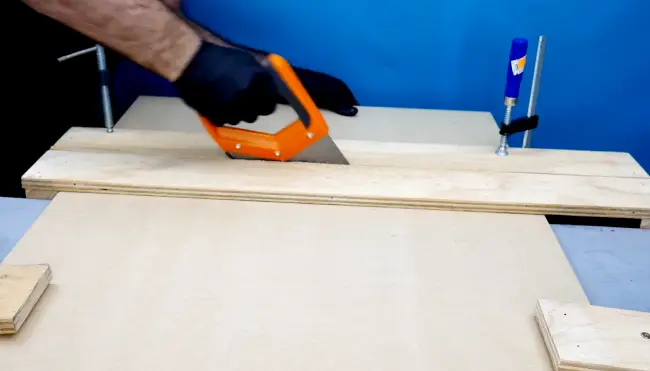
When cutting particle boards with a circular saw, the best TPI circular saw blade is one with a higher TPI, such as 40 or 60 teeth. Particle board is abrasive and can quickly dull the blade, so using a blade with more teeth helps minimize the wear and tear.
A higher tooth count means more cutting edges on the blade, allowing for smoother and cleaner cuts. The additional teeth also help to distribute the cutting force more evenly, reducing the likelihood of chipping or splintering the particle board.
How thick of a particle board can I cut with a circular saw?
With a standard 7.25-inch blade, a circular saw can cut particle boards up to a maximum thickness of 2.5 inches. This cutting depth is determined by the blade’s size and the saw’s power.
The 7.25-inch blade is the most common size used in circular saws, and it provides a good balance between cutting capacity and maneuverability. However, the cutting depth may vary slightly depending on the specific model of the circular saw.
I always recommend consulting the manufacturer’s instructions for the maximum cutting depth of your particular saw. Also, use appropriate safety precautions, such as wearing protective eyewear and securing the workpiece properly, when cutting particle boards with a circular saw.
Get Clean and Accurate Cuts on Particle Board with the Proper Circular Saw Blade
Cutting particle board with a circular saw is possible but requires the right tools, techniques, and safety measures to ensure success.
According to my findings, you’ll get clean and accurate cuts on your particle board projects using a carbide-tipped saw blade with enough teeth and wearing the right safety gear. Also, remembering to use clamps to secure the board can help prevent it from shifting during the cutting process, reducing the risk of accidents.
You can achieve precise and clean cuts using the right tools and techniques. So, if you plan to work with particle boards, follow my above-discussed tips to achieve the best results.

